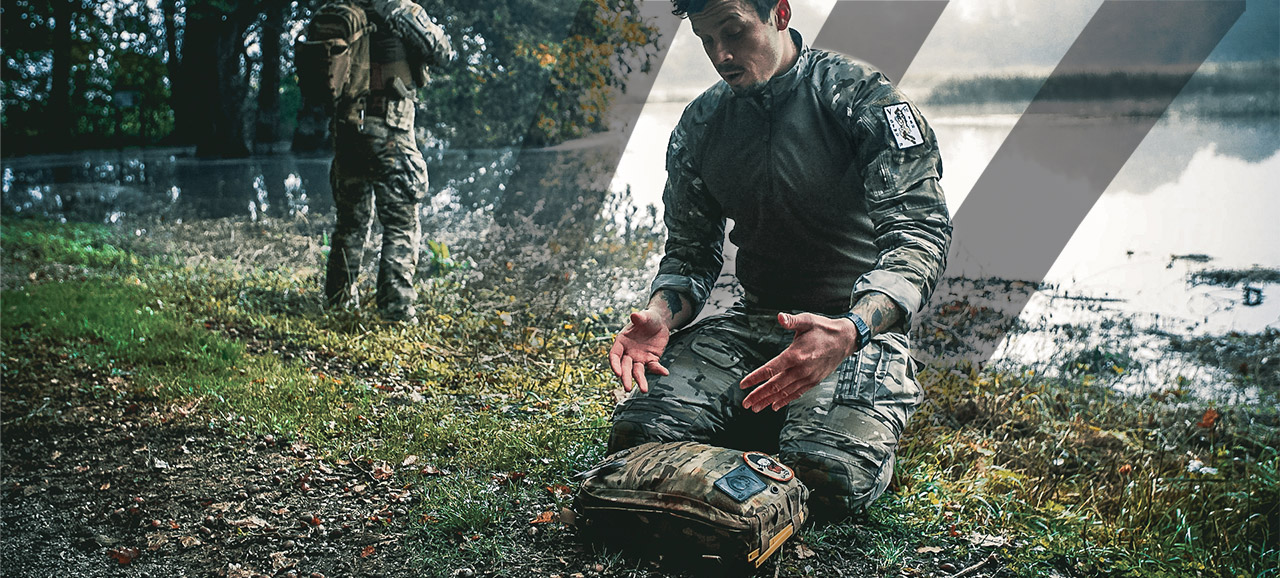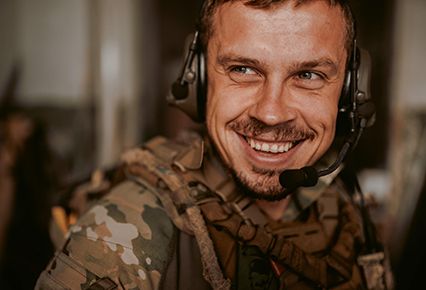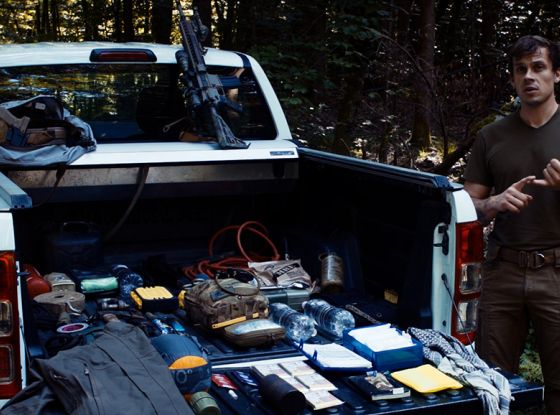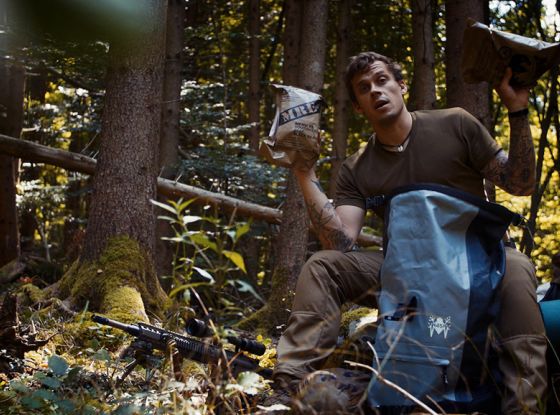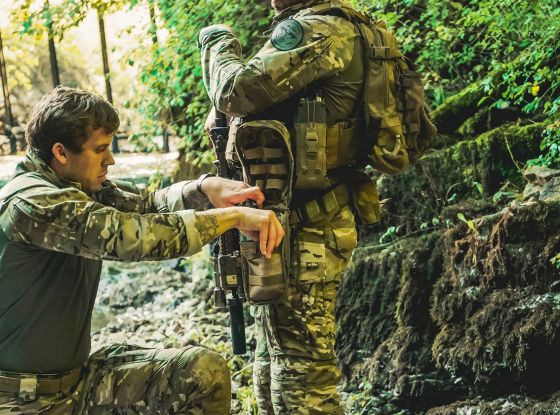Direct Action Bag. It’s your go-to combat medic bag for direct-action operations where trauma-level casualties are expected. In this post, an ex-SF Combat Medic discusses the concept of the Direct Action Bag and shares his insights to help you properly fill yours with essential gear.
In this blog post:
Introduction
Guest post by Luka Zorenč
It’s practically guaranteed that in any direct-action mission someone will suffer serious or life-threatening trauma to the head or body.
You must be ready for that. How? By carrying with you in every direct-action mission a combat medical bag specific to that endeavour.
Accordingly, the Direct Action Bag you bring must contain medical and non-medical items sufficient to at least temporarily stabilize a mission casualty suffering some of the worst kinds of trauma. That’s the “gold standard” for Direct Action Bags.
Now, when it comes to packing a Direct Action Bag, your motto should be Semper Gumby—that’s Latin for “always flexible”.
Flexibility is crucial because, if you pack only the same items time after time or if you have only one packing methodology, you set yourself up for failure.
You probably should also get in the habit of thinking of a Direct Action Bag as more than one bag. I like to carry two—a large bag for maximally aggressive lifesaving medicine and gear, plus a small bag containing miscellaneous supplies.
If all you have is one bag, sure, it’ll be nice that it’s loaded with tourniquets, but you’re not going to win any points with the commander when he comes to you complaining of a killer headache caused by one of the guys losing his night-vision goggles—the boss is coming to you for aspirin, not hemorrhage control.
But there was no room for aspirin because the TQs took up all the space. That’s why you need the smaller second bag.
The second bag is where you can stow everything from Band Aids to batteries. You need this second bag because, otherwise, you’re as useless as a second-lieutenant without a compass. This is a bag you should strive to fill with multipurpose items (those that can do double-duty) in order to conserve the limited space you have—in other words, apply the Ranger rule of “one is none, two is one.”
As you pack this second bag, keep in mind that you want to take along items that will help you as best as possible satisfy the M.A.R.C.H. protocol.
At the same time, keep in mind that you cannot stuff so much stuff in the bag that it weighs you down: remember, the heavier you make yourself, the slower you move; and the slower you move, the bigger the target you become.
What to Pack In Your Direct Action Bag
As to the Direct Action Bag itself, let's start outside and work our way in.
To the exterior of my own bag, I’ve clipped on a carabiner. If you’re like me, you’ll find this useful because it lets you attach all kinds of other stuff to the outside of the bag.
For example, scissors—this is an item you’ll want to be able to easily grab in situations like where you need to quickly cut blood-caked clothing away from a wound site, so carrying it on the outside of the bag rather than on the inside is a winning play.
Something else you can carry on the bag’s exterior is a pair of handcuffs—great for when you capture an injured opponent and need to patch him up without risk of him grabbing your scissors and using them to slit your throat (handcuffs are also great for when you want to play a practical joke on the new guy in your squad or to liven things up in your bedroom).
Here’s what’s inside my Direct Action Bag:
- Combat gauze (2)
- Emergency blanket
- Emergency dressing
- Small light
- Tape
- EPI pen
- Elastic bandages (2)
- Blue gloves (blue makes the blood that gets on your hands while inspecting a casualty easy to see; I recommend carying at least a couple of pairs)
- Abdominal dressing
- Clamps (2)
- Plastic bag
- CAT tourniquet
- NCD needle
- HALO chest seal
- Cric kit
- NPA with lube
As you can tell, the bag contains nothing fancy for the reason that I want to hold down its total weight while at the same time maximizing my ability to offer the best possible aid.
And, of course, I also have that small second bag handy with a variety of other aids.
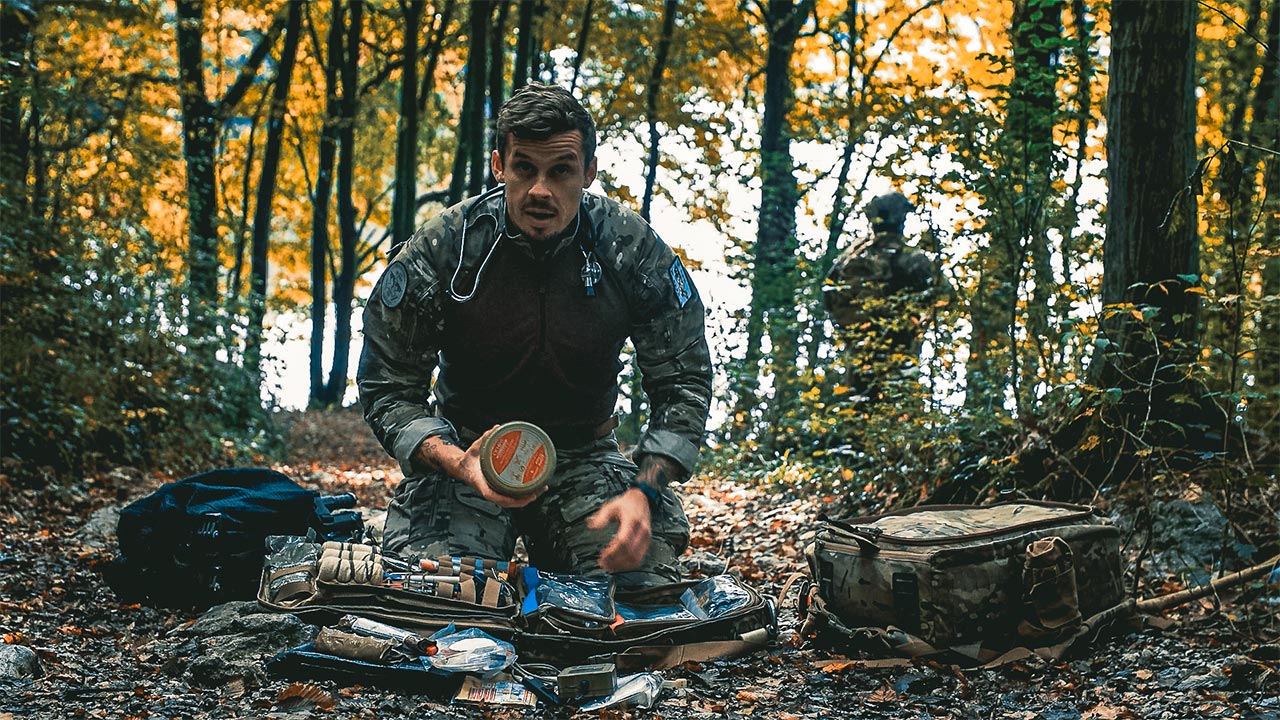
Summary
So, here’s what you should now know: a Direct Action Bag is the life-saving satchel you as a combat medic will be carrying during a direct-action mission. You’ll carry it into that type of operation because of the high likelihood that there will be trauma-level injuries requiring immediate attention.
What goes into that bag matters, so you always have to be flexible when choosing supplies and equipment for it.
Also, smart combat medics carry a second, smaller bag with them to supplement the Direct Action Bag.
A good accessory for the exterior of the Direct Action Bag is a carabiner, which allows you to attach items you can bet you’ll be needing to access super-fast when the shiite hits the fan.
The items you pack into your Direct Action Bag don’t have to be loaded with bells and whistles—just standard equipment that will let you help save the lives of the severely injured.

